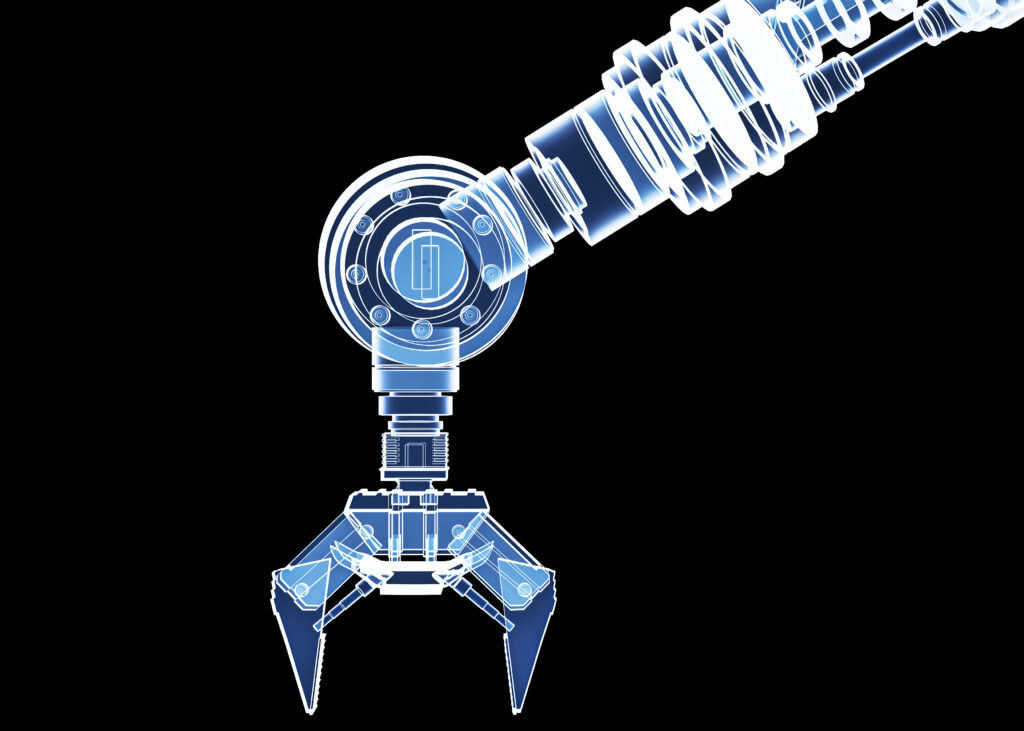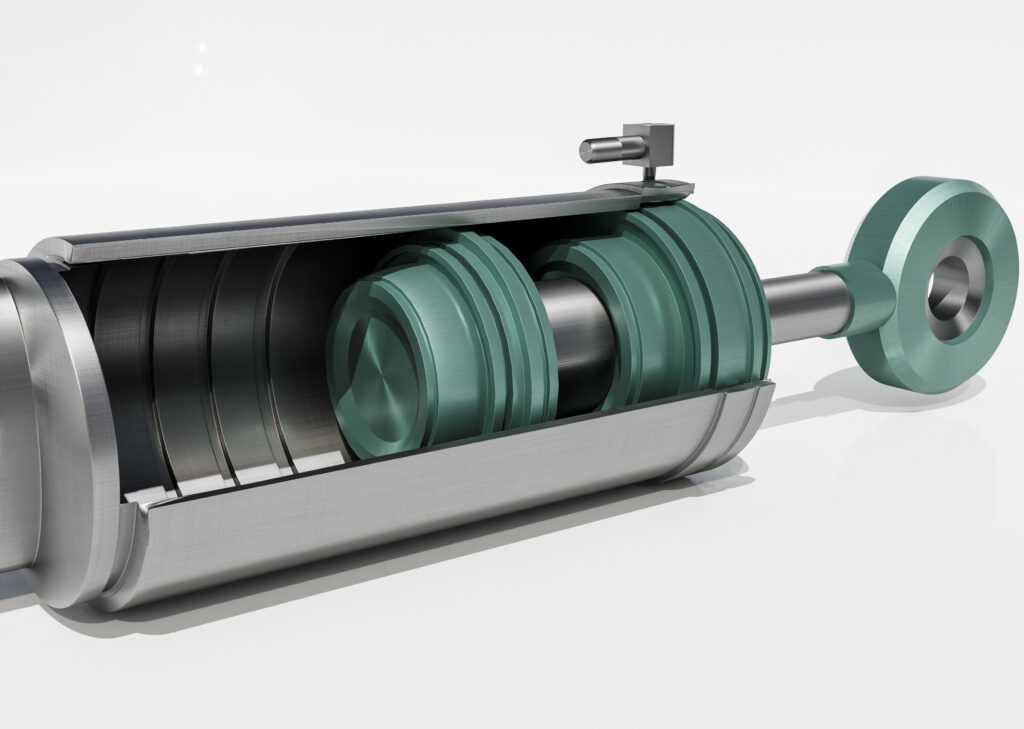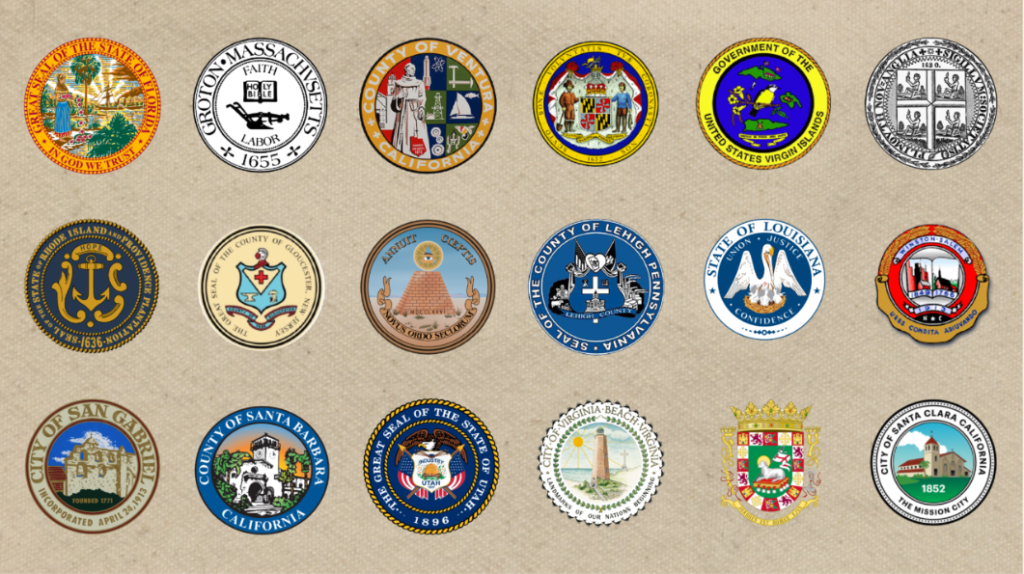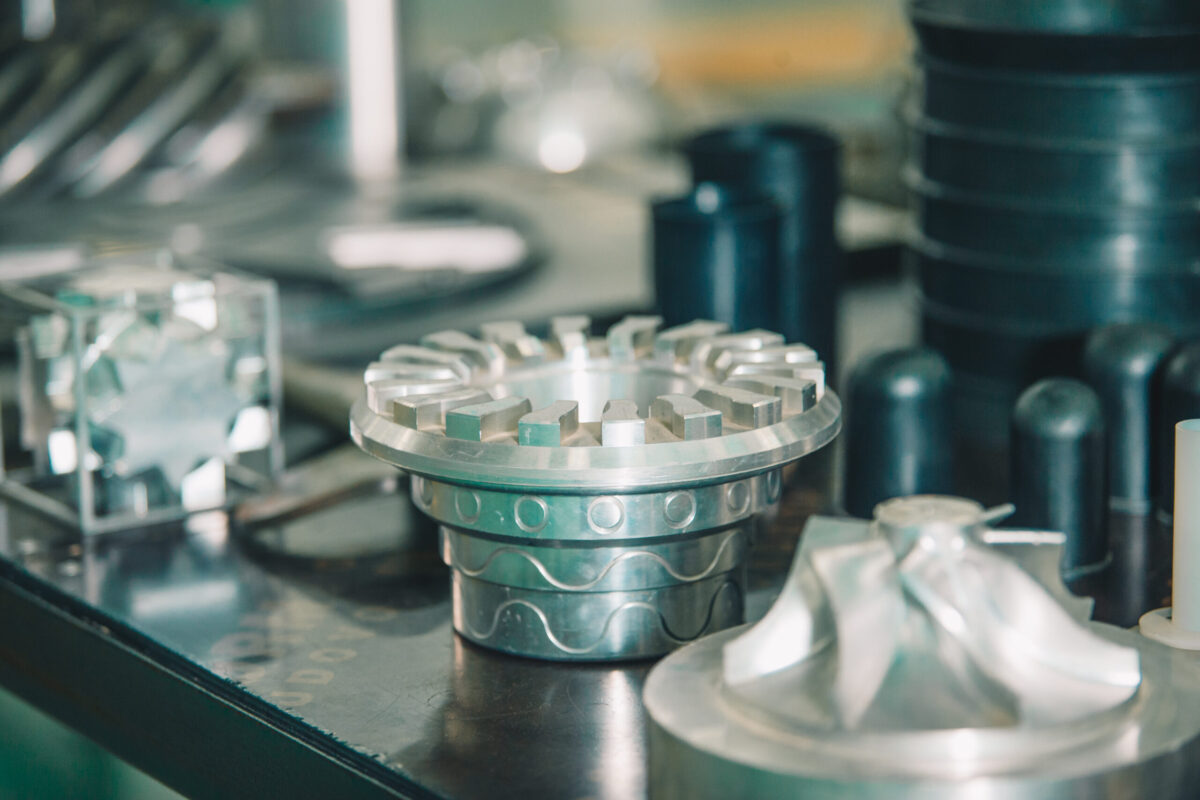When we hear the word “seals,” our minds might conjure up images of playful marine animals or official insignias on documents. However, the term “seal” encompasses a wide array of meanings, ranging from aquatic creatures to mechanical components. In this comprehensive guide, we’ll delve into the diverse world of seals, exploring their various types, applications, and significance across different contexts.
Table of Contents
What Are Seals?
Seals, in the broadest sense, are mechanisms designed to prevent the escape of fluids, gases, or contaminants from one area to another. They play a crucial role in maintaining the integrity of systems, whether it’s a hydraulic system in heavy machinery or the watertight compartments of a submarine. Let’s explore the different types of seals and their applications.
Types of Seals
Seals can be categorized into various types based on their functionality. The two primary classifications are static seals and dynamic seals. Static seals remain stationary and create a barrier between two surfaces, preventing leakage. Dynamic seals, on the other hand, accommodate movement between surfaces, making them suitable for applications where parts are in motion.
Mechanical Seals
Mechanical seals are a type of dynamic seal commonly used in industrial equipment and machines. They consist of several components, including a rotating face and a stationary face. These components work together to maintain a tight seal while allowing for relative movement between parts. Mechanical seals are vital in preventing leaks in pumps, compressors, and other machinery.

Hydraulic Seals
Hydraulic seals are integral to fluid power systems, such as hydraulic cylinders and valves. They prevent fluid leakage and help maintain pressure within the system. Common materials used for hydraulic seals include rubber and polyurethane. Proper selection and maintenance of hydraulic seals are crucial for optimal system performance.

Pneumatic Seals
Similar to hydraulic seals, pneumatic seals prevent air leaks in pneumatic systems. These seals ensure efficient operation by maintaining the desired pressure levels. Pneumatic systems are widely used in various industries, including manufacturing and automotive, making pneumatic seals indispensable components.

If you want to read my previous article then Click Here
Corporate Seals and Legal Significance
In the corporate and legal realms, seals have historically held significant importance. Corporate seals were traditionally used to authenticate documents and show the company’s approval. While the use of physical seals has diminished, their digital counterparts are still employed for legal and administrative purposes.

Seals in Symbolism and Culture
Seals have transcended their practical applications and entered the realm of symbolism and culture. They hold spiritual significance in various traditions, representing concepts like authenticity, protection, and authority. Seals have been used throughout history to mark important documents and objects, leaving an indelible mark on human culture.

Importance of Proper Sealing
Proper sealing is essential in various industries to prevent leaks, contamination, and system failures. Whether it’s a food processing plant, a pharmaceutical facility, or an oil refinery, effective seals ensure product quality, safety, and operational efficiency. Choosing the right seal and maintaining it adequately can have a profound impact on overall processes.
Choosing the Right Seal
Selecting the appropriate seal for a specific application involves considering factors like temperature, pressure, fluid type, and movement. Consulting with experts in the field of sealing technology can lead to better decision-making and more reliable system performance.
Maintenance and Troubleshooting
Like any mechanical component, seals require proper maintenance to prolong their lifespan. Regular inspections, lubrication, and timely replacement are essential to avoid unexpected failures. Identifying and addressing common issues such as wear, abrasion, and misalignment can save both time and money.

Future Trends in Sealing Technology
Sealing technology continues to evolve, driven by the need for improved efficiency and sustainability. Innovations such as self-healing seals, eco-friendly materials, and predictive maintenance techniques are shaping the future of sealing solutions. These advancements contribute to reduced environmental impact and enhanced operational reliability.
Sealing in Everyday Life
Seals play a vital but often unnoticed role in our daily lives. From the packages we receive to the vehicles we drive, seals ensure that products remain intact, systems operate smoothly, and resources are used efficiently. Acknowledging the presence of seals around us sheds light on their significance in modern society.

Conclusion
In conclusion, the concept of seals encompasses a wide range of meanings, from mechanical components that prevent leaks to marine mammals that thrive in aquatic environments. Seals hold diverse significance in industries, culture, and nature, underscoring their vital role in various aspects of our lives.
Frequently Asked Questions
1.What is the purpose of a mechanical seal?
A mechanical seal is designed to prevent leakage between moving parts, commonly used in industrial machinery.
2.Are pneumatic seals and hydraulic seals the same?
While both serve similar purposes of preventing leakage, pneumatic seals are specifically designed for air systems, while hydraulic seals work with fluid systems.
3.How do marine seals differ from other marine mammals?
Marine seals, also known as pinnipeds, have adapted to both land and sea, making them well-suited for a semi-aquatic lifestyle.
4.Why were corporate seals historically important?
Corporate seals were used to add a layer of authenticity and authority to documents, often carrying legal significance.
5.What is the role of seals in cultural symbolism?
Seals have held spiritual and cultural importance, symbolizing authenticity, protection, and validation in various traditions.

We’ll bone
🥰🥰🥰🥰
Good Work ❤